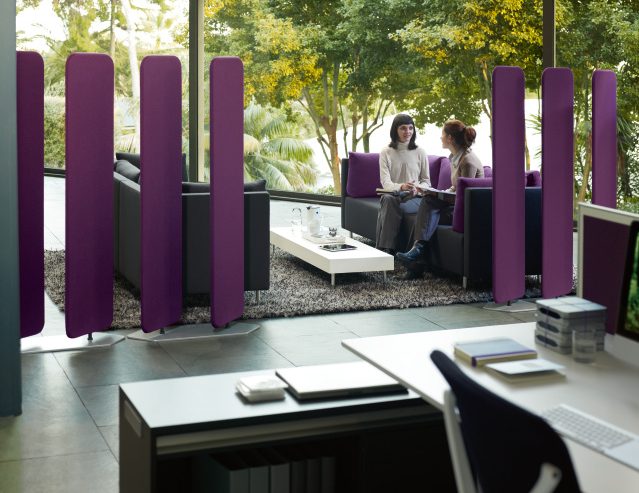Feeling touchy about office design and the places we work
When it comes to how we think, behave and interact with other people, we may be affected more than we might assume by our sense of touch. According to a study by Simon Storey and Professor Lance Workman from the University of South Wales, people cooperate a lot better with each other when they’ve been holding hot, as opposed to cold, objects. The researchers asked students to carry out a simple test that depends on collaboration for a successful outcome. Before performing the task, participants were asked to hold either hot or cold objects. The results showed that individuals who held hot objects cooperated significantly more frequently than when they had held cold objects.
The implications are clear – if you’re working with somebody, it may be a good idea make them a hot drink first. It also proves something we’ve known for a while, namely that our behaviour is affected by our tactile environment – the feel, texture and temperature of our surroundings and the products we use.
Taking the rough with the smooth
That was also the conclusion of a 2010 series of experiments carried out by psychologists from Yale, Harvard and the Massachusetts Institute of Technology. Amongst their findings they discovered:
- An experiment to test texture’s effects saw participants asked to arrange rough or smooth puzzle pieces before hearing a story about a social interaction. Those who worked with the rough puzzle were likelier to describe the interaction in the story as uncoordinated and harsh.
- A related experiment into the feel of materials showed how passive touch can shape interactions. Subjects seated in either hard or soft chairs engaged in mock haggling over the price of a new car. Subjects in hard chairs were less flexible in their dealings with other people and also judged others as less emotional.
- In another test of hardness subjects were asked to handled either a soft blanket or a hard wooden block before being told an ambiguous story about a workplace interaction between a manager and an employee. Those who touched the block judged the employee as less flexible.
There is clearly something primal in discovering that good design should be about more than what we can see. Our visceral responses to textures, temperatures and other tactile characteristics influence our behaviour and the way we see the world, often in ways of which we are unaware.
This has profound implications for the way we design spaces and the materials we specify. We might assume that we are influenced primarily by visual prompts such as colour, but the truth is that we are also actively and often unconsciously influenced by other characteristics of our surroundings. A well designed office should take account of all of our senses.
It’s only natural
That is why the best manufacturers of interior elements such as Sedus design and develop the materials and technology to produce finishes that not only look natural but feel it too. It is also just one of the reasons we continue to furnish our surroundings with wood. plants too, can offer a space a textural ambience.
It’s not just the idea of nature that influences the way we feel about texture. Textured building materials can also help to transform a space and we are fortunate that we are constantly being introduced to new materials and finishes that can tap into this hardwired urge and its associated emotions and behaviours.
